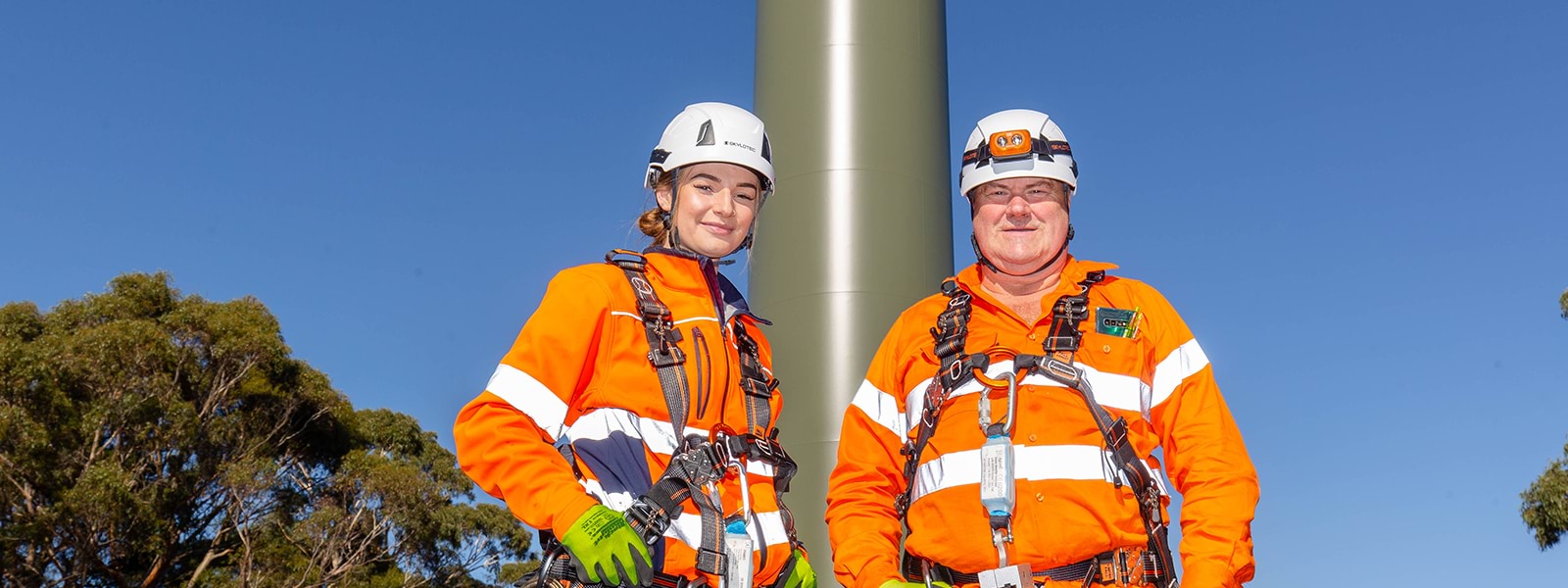Over the next 3 years, we will:
- Work with Skills and Jobs Centres staff and provide tools that can help them provide the information and advice local learners and employers need.
- Provide all-age advice through the Victorian Skills Gateway on local occupations in demand, now and in the mid-term, and the learning pathways to those jobs.
- Leverage existing information and insights to develop a tool which can show the core and transferable skills that will be in demand for future jobs, for use through Skills and Jobs Centres and the Skills Gateway.
Victorians have a wide range of courses available. Some are preparatory, others vocational or higher learning, as well as those offered through the network of Learn Locals. The market of digital learning services, often labelled as micro-credentials and resulting in digital badges, is also expanding.
Selecting the courses that best build pathways to work and a career, or that improve performance and advancement in work can be challenging. Employers also struggle to identify the relevance of courses, whether in employing someone or organising courses for skills development of their workers.
In a world that seems to have limitless options, learners and employers need trusted advice.
The state-wide network of over 30 Skills and Jobs Centres and the Victorian Skills Gateway can help deliver this advice.
Skills and Jobs Centres provide services for:
- prospective learners
- apprentices and trainees
- unemployed or retrenched workers
- women returning to work
- recent migrants or refugees
- anyone seeking a career change
- employers.
Centre staff have strong local connections with employers and communities. They understand the learning and skilling that can lead to work and can help clients understand the implications of their learning choices. This is particularly important for new members of a community who may not be familiar with work options and the learning that helps improve their success.
Skills and Jobs Centres can play a greater role in their communities by expanding their engagement with employers and deepening their work with adult community education providers to help more vulnerable Victorians successfully transition into training and employment.
The Victorian Skills Gateway provides guidance on the link between training and careers, highlights occupations in demand and shows local learning pathways for prospective students. It provides employers with advice, linking to TAFE and other education and training providers.
Education and training sectors are adapting delivery to transferable skills, skills sets and top-up training to complement core qualifications. The digital market continues its expansion. The Gateway can be enhanced to guide people in their learning journey and indicate the skills that are needed for jobs of the future.
Skills and Jobs Centres
Skills and Jobs Centres provide expert advice on training and employment opportunities. They engage with local industries to ensure they can meet the needs of their local communities. They also work with local councils, State and Commonwealth government departments to support key projects including:
- Metro Tunnel project
- Victoria’s Big Build projects such as the Footscray Hospital, the North East Link and the Warrnambool Learning and Library Hub
- Free TAFE for priority courses initiative
- JobTrainer
- Reconnect
- Jobs Victoria
Skills and Jobs Centres also have strong relationships with local and state-wide organisations and initiatives.
Updated
